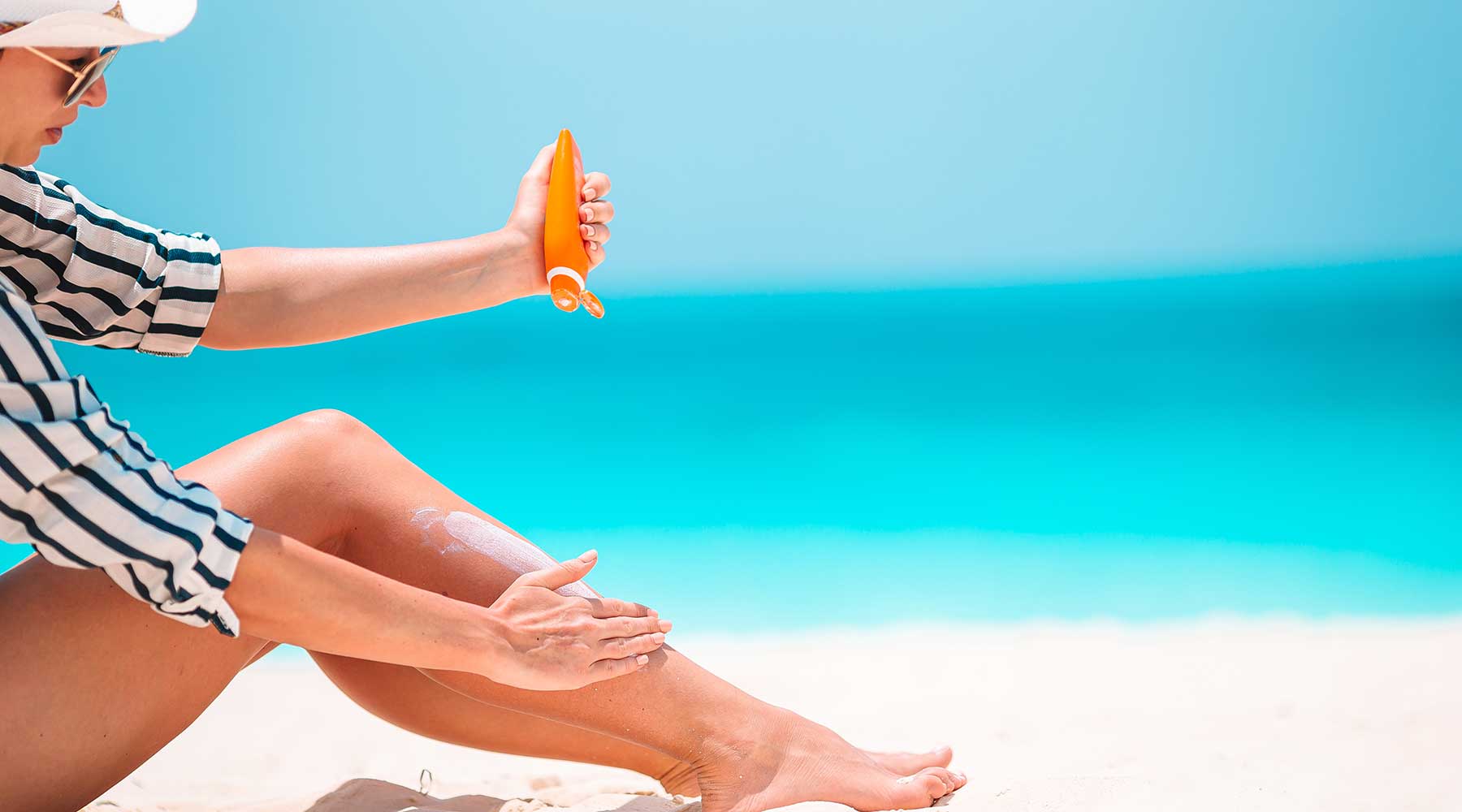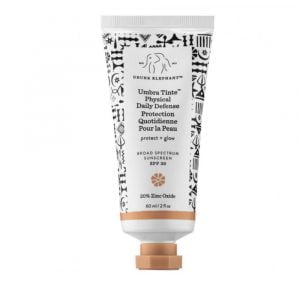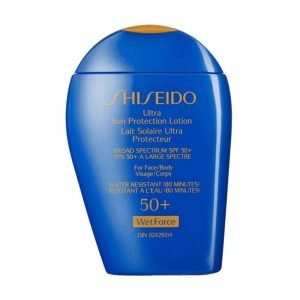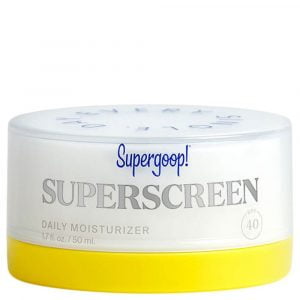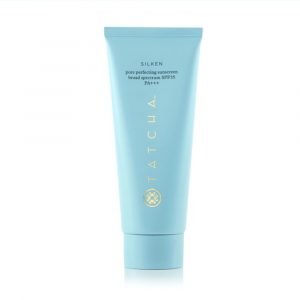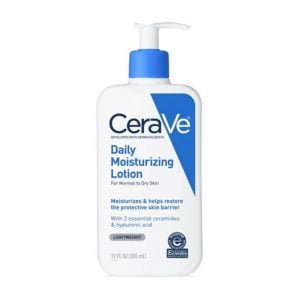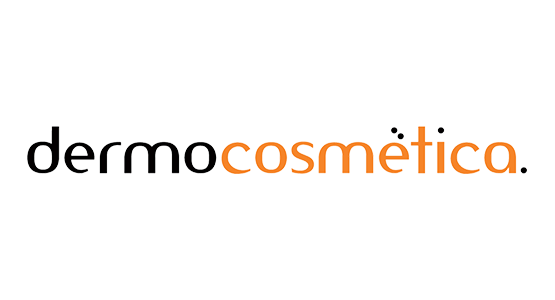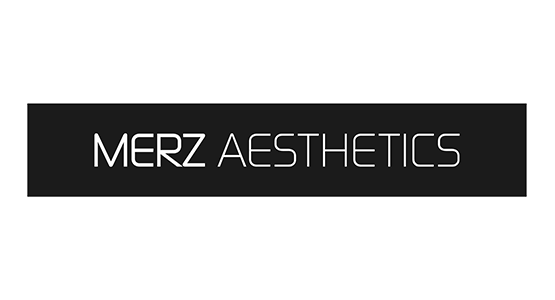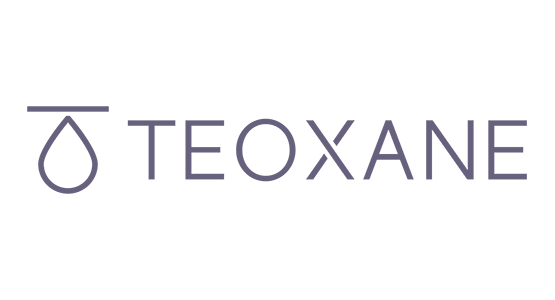What sun photo damage looks and feels like…
The dermis is the middle layer of the skin, sandwiched between the epidermis and subcutaneous tissue. It includes proteins such as collagen, elastin and other proteins that affect the skin’s strength and elasticity. These proteins are imperative to leave the skin looking smooth and youthful, and their breakdown causes photoageing.
Signs of photoageing can look like wrinkles, fine lines on the forehead, eyes and mouth, drooping skin due to inelasticity, dark spots, pigmentation and a lack of even tone and texture. UV rays can cause collagen to break down at a faster rate than normal ageing, because UVA rays penetrate the dermis to cause an abnormal build-up of elastin, which in turn cause enzymes to break up collagen. Added to the loss of collagen, which is the building block of cells that cause them to be plump and healthy, sun exposure can lead to the formation of free radicals (unstable oxygen molecules that damage cells at the molecular level). Sunburns, which are a more damaging kind of photoageing, are caused due to a breakdown of DNA in the skin cells. This leads to hot, red, irritated skin.
The most serious damage that UV rays can cause is, clearly, cancer. The three major types of skin cancer that can be an effect of sun damage are melanoma, basal cell carcinoma, and squamous cell carcinoma—all quick-spreading, metastatic cancers.
How does sunscreen work?
SPF refers to the amount of time it would take for you to get a sunburn if you didn’t have sunscreen on. This means SPF 30 sunscreen would keep you protected from UVB 30 times longer than not having sunscreen at all. If you choose a broad spectrum sunscreen, it is also fortified with ingredients that deflect UVA rays. The only caveat is that the higher you go up on the SPF rung, the more sticky and glue-like the sunscreen will feel.
There’s a sunscreen out there for everyone
If you’re sporty, by the pool, or spend too much time looking out the window: You’ll need your sunscreen to be completely waterproof. The Shiseido Ultra Sun Protection Lotion WetForce SPF 50+ is a lightweight lotion that actually works better when it is exposed to sweat or water. This means you can be running on the treadmill or swimming laps, and the WetForce technology would provide your skin with a protective viel through it all. It is comfortable to wear on the skin, and does not feel greasy.
If your skin is acne-prone and greasy: Pick something that won’t add to the shine slick. The Elta MD UV Clear Broad-Spectrum SPF 46 is oil-free, and has lactic acid to clear and exfoliate pores. The hyaluronic acid plumps skin, and the physical and chemical protectant actives work to deflect and absorb UV rays so you can be doubly sure.
If you want your sunscreen with a side of makeup: Good makeup needs a good primer, and the Tatcha Silken Pore Perfecting Sunscreen Broad Spectrum SPF 35 glides on exactly like one. It blends into skin easily without leaving a chalky finish, and works to blur pores due Japanese wild rose, which smooths skin texture and calms it. Apply a foundation on top once this product is absorbed into the skin.
If you would like to find out more about Hamilton Skin Clinic’s range of skincare, facials or cosmetic treatments, our medical team is available for complimentary 15 minute consultations in Hamilton.

